A leading electronics services provider based in the China, SinoGuide, a developer of silicon-based technology, has introduced new SinoGuide dispensable thermal pads for use in LED, data server, telecommunications equipment and transportation thermal management applications.
The materials for heat transfer are used to eliminate these interstitial air gaps from the interface by conforming to the rough and uneven mating surfaces. Because the TIM has a greater thermal conductivity than the air it replaces, the resistance across the joint decreases, and the component junction temperature will be reduced. A variety of material types have been developed in response to the changing needs of the electronic packaging market.
Example Of Possible Thermally Conductive Materials Application:
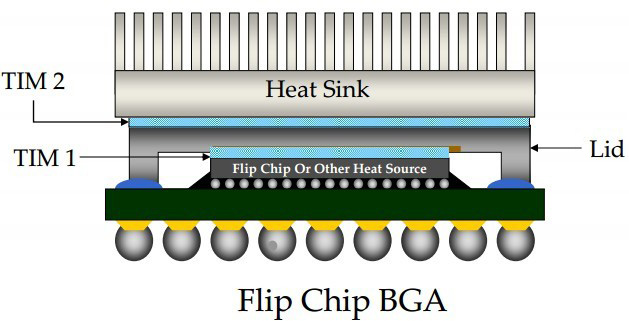
Flip Chip BGA Application TIM 1, TIM 2
Multi Layer: Heat Source – TIM1 - Intermediate (Lid) -
TIM2 - To Heat Sink
Typical Applications- Application Recommendation
• Automotive electronic control units (ECUs) - Engine control - Transmission control - Braking/traction control
• Power conversion equipment
• Power supplies and uninterruptible power supplies
• Power semiconductors
• MOSFET arrays with common heat sinks
• Televisions and consumer electronics
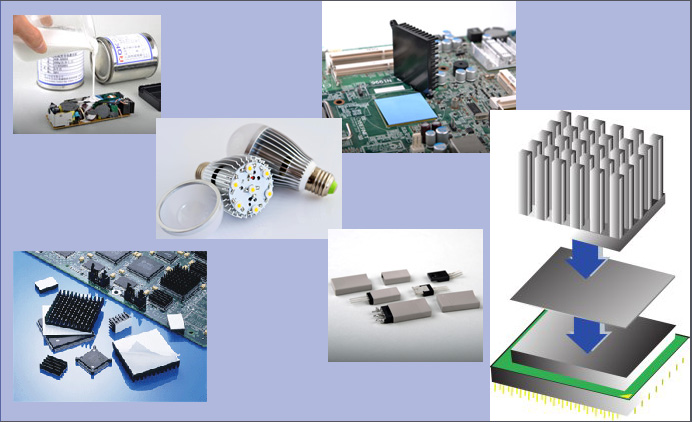
Key Properties of Thermal Interface Materials - Thermal Properties
Thermal Interface Gap Pad is a thermally conductive material that acts as a thermal interface between a heat sink and an electronic device. The comfortable nature of Thermal Gap Pad allows the pad to fill-in air gaps between PC boards and heat sinks or a metal chassis.
The key properties of heat transfer interface materials are thermal impedance and thermal conductivity. We are able to supply a wide range of thermal transfer materials and products to our customers.
Our material specialists will assist you in determining the most appropriate material for your application. The design considerations will most likely include:
Conformability
Agency approvals, UL flammability
Operating temperature range
Phase change temperature (if applicable)
Electrical properties
Thickness constraints
For installation:
Remove the clear plastic backing from the pad to expose the adhesive. Removing the plastic in one quick, smooth motion will ensure that no plastic remains on the adhesive.
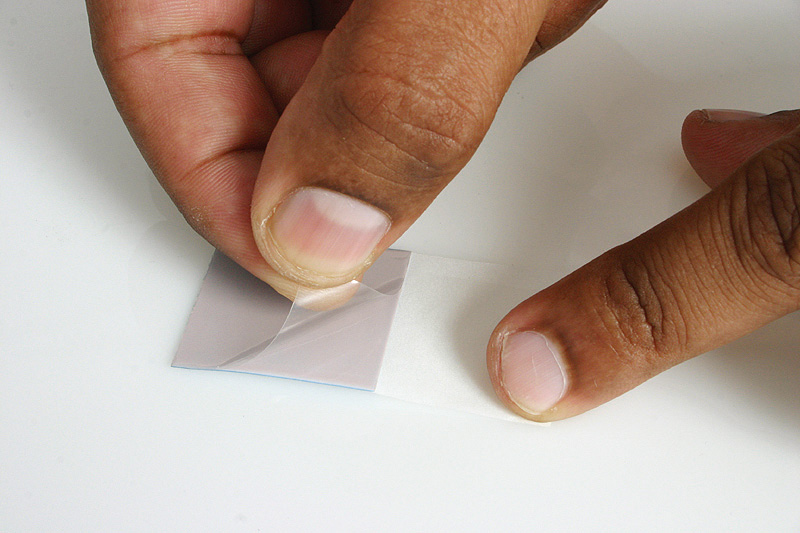
Smooth the back of the compound with downward pressure to ensure a consistent application.
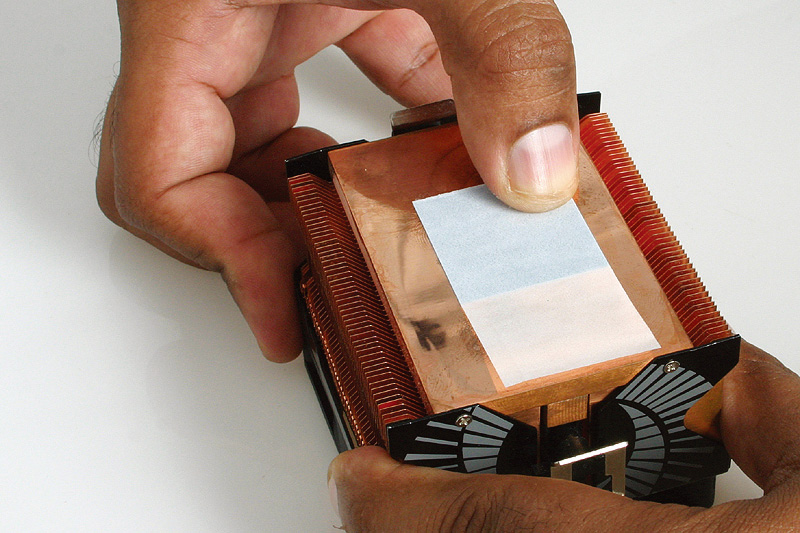
Place the compound (adhesive side down) to the bottom of the heatsink. Generally, affixing the pad to the center of the heatsink offers the best performance.
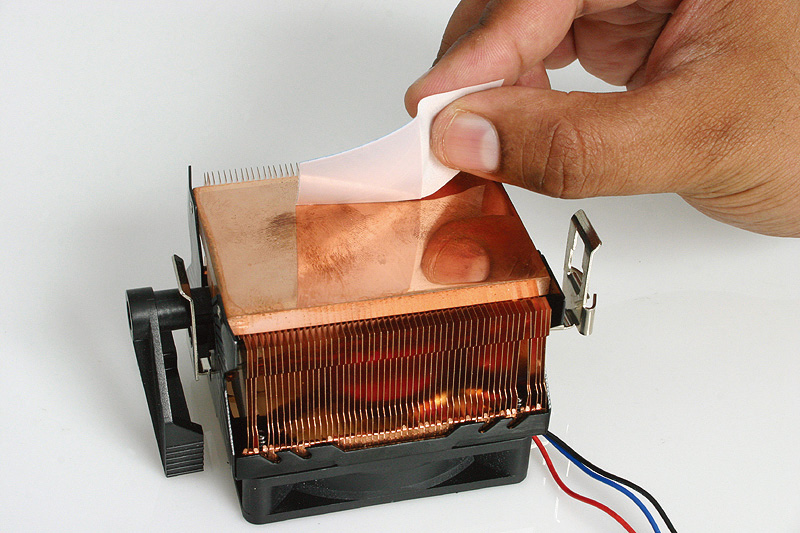
Using a single quick smooth motion, remove the wax paper from the compound. Ensure to remnants of wax paper remain.
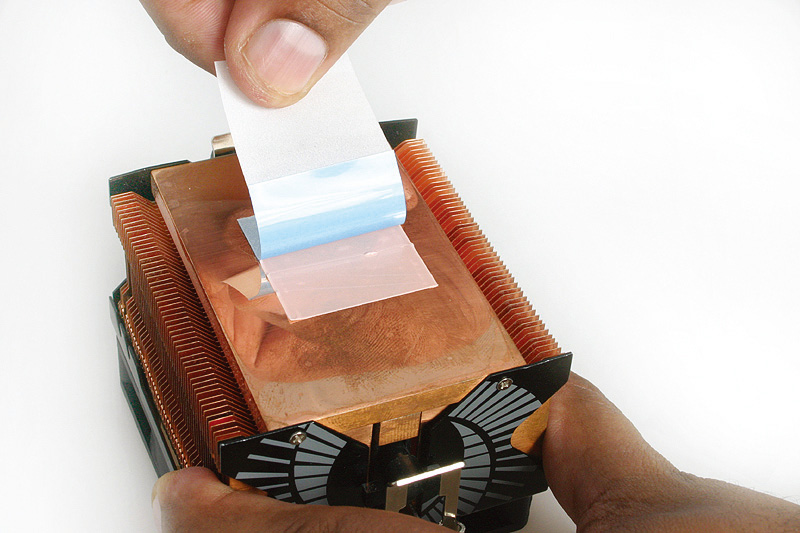
Please consider correct size of pad. Pad slightly smaller than components.

